which japanese pen has the most wabi-sabi?
-
Forum Statistics
352.3k
Total Topics4.6m
Total Posts -
Member Statistics
125,539
Total Members2,522
Most OnlineNewest Member
Jamesbraws
Joined -
Images
-
Albums
-
gweimer1 gallery
- By gweimer1,
- 0
- 0
- 3
-
j1tters
- By 2ouvenir,
- 0
- 1
- 24
-
GlenV2
- By GlenV,
- 0
- 1
- 26
-
March- April -2024
- By yazeh,
- 0
- 0
- 53
-
txomsy's quotes
- By txomsy,
- 0
- 5
- 82
-


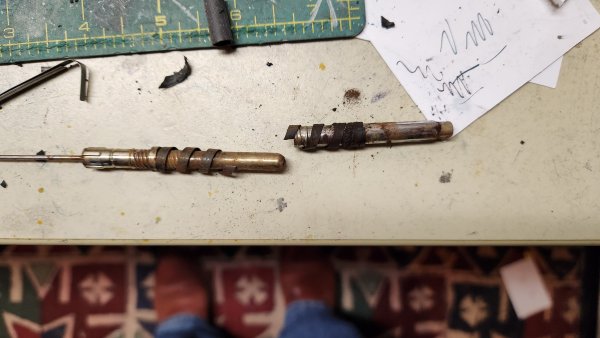
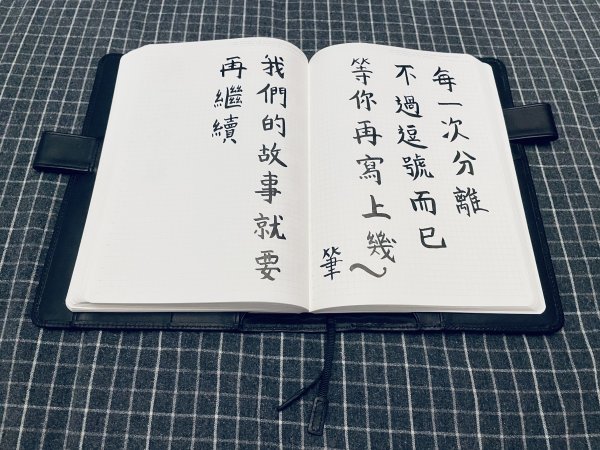
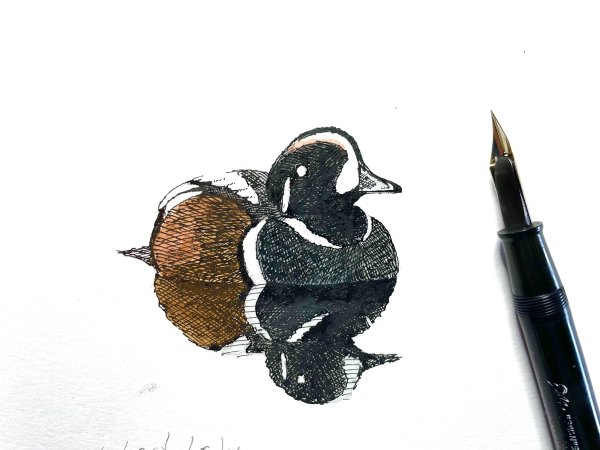







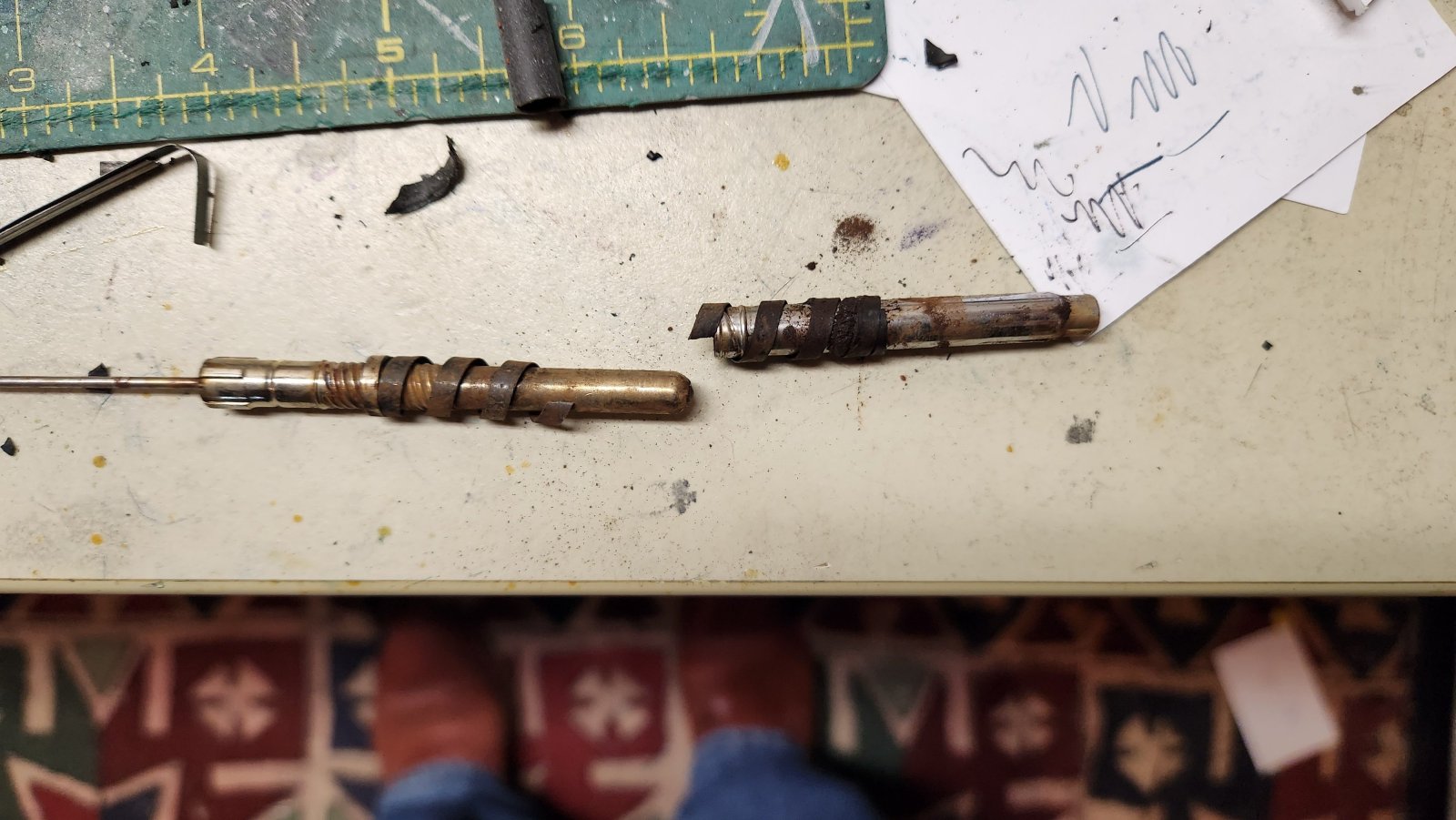
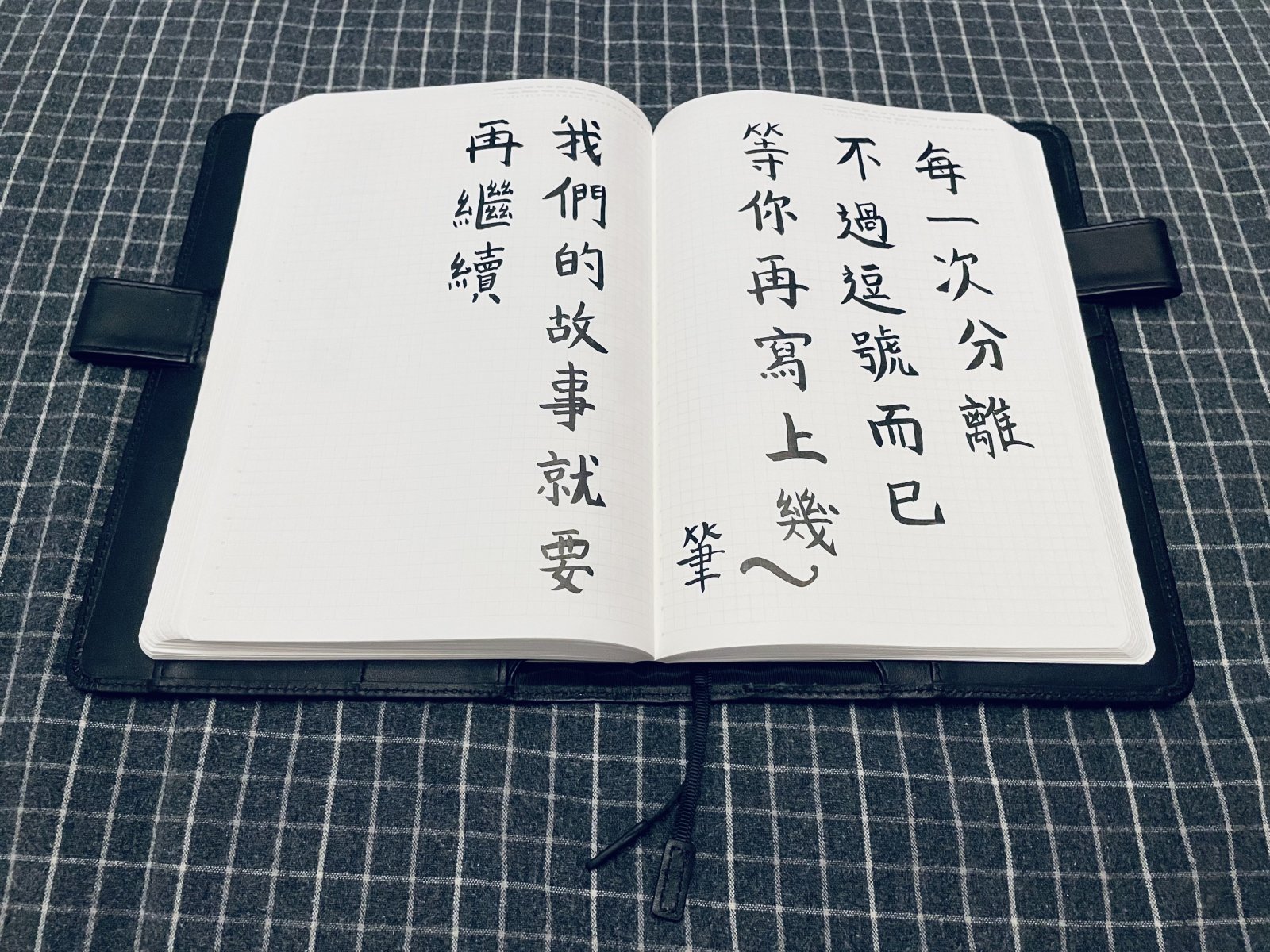
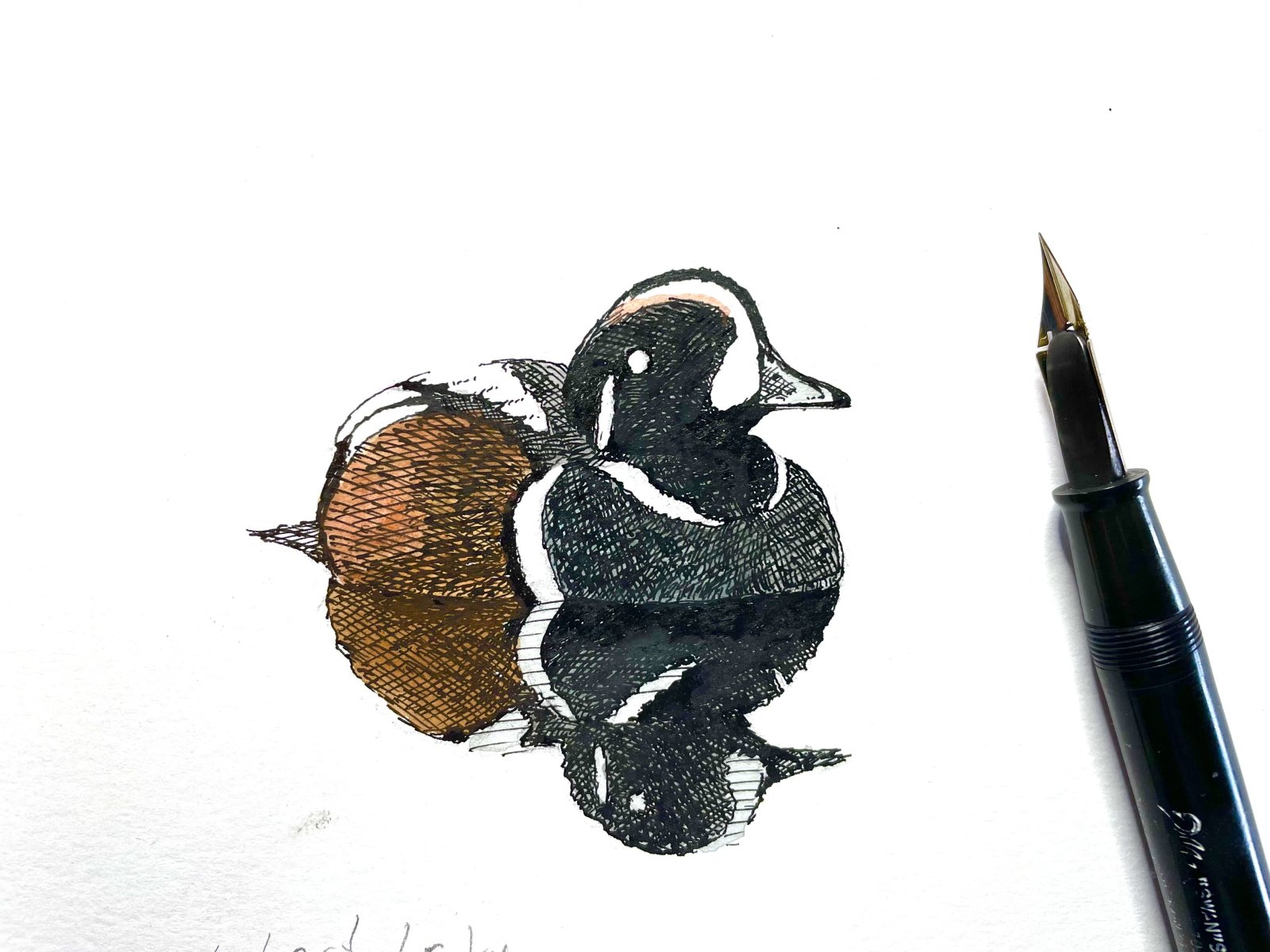



.thumb.jpg.f07fa8de82f3c2bce9737ae64fbca314.jpg)




desaturated.thumb.gif.5cb70ef1e977aa313d11eea3616aba7d.gif)





Recommended Posts